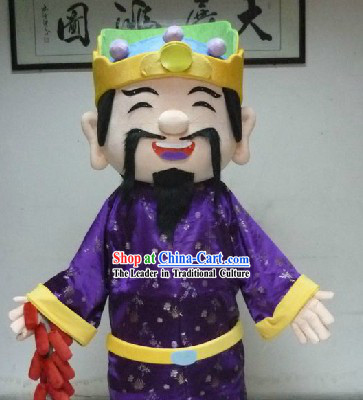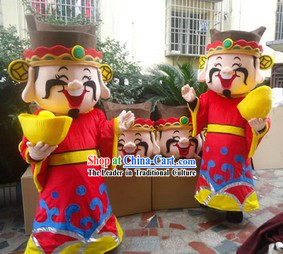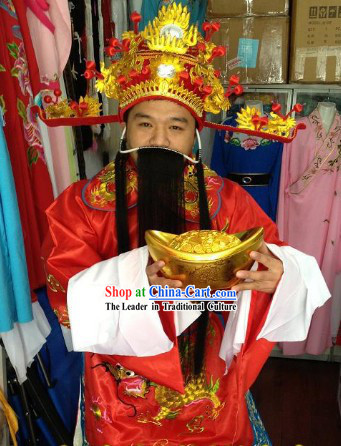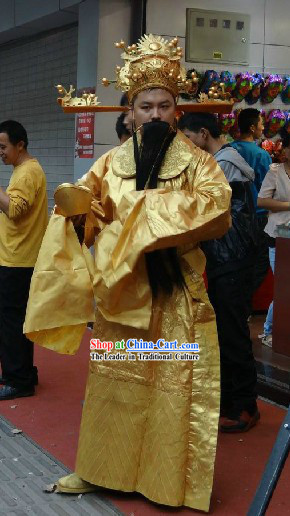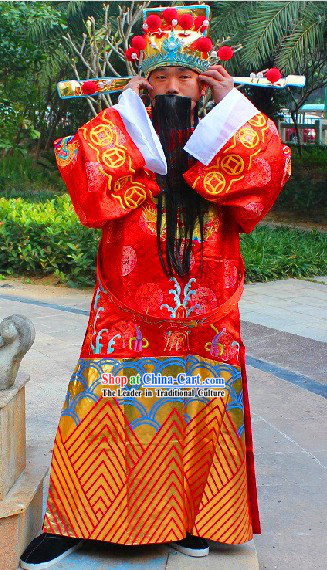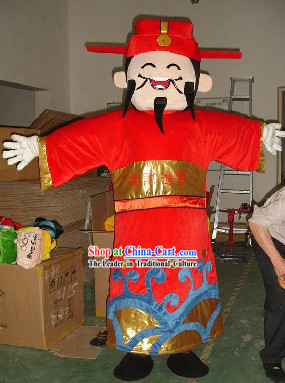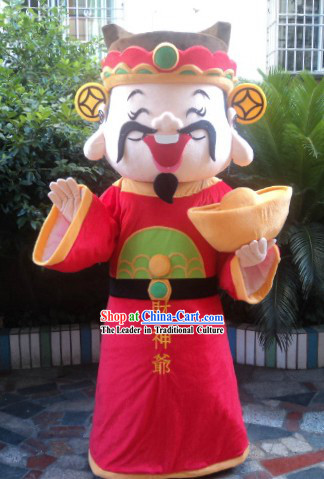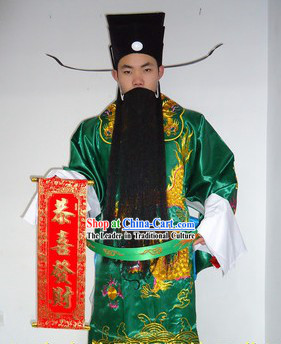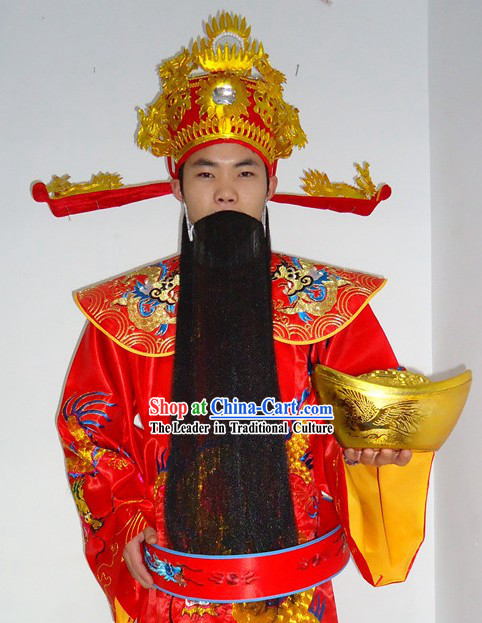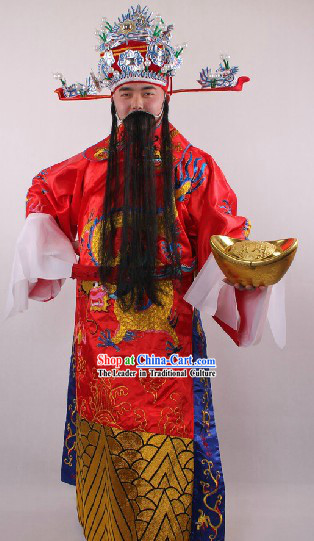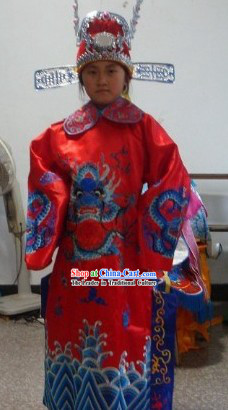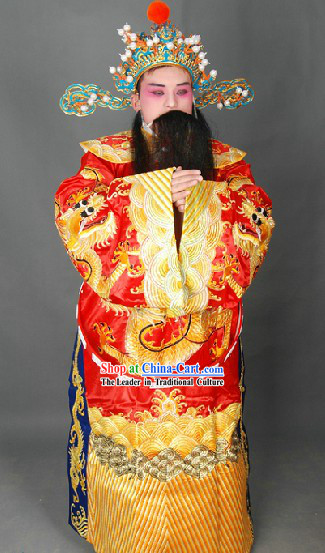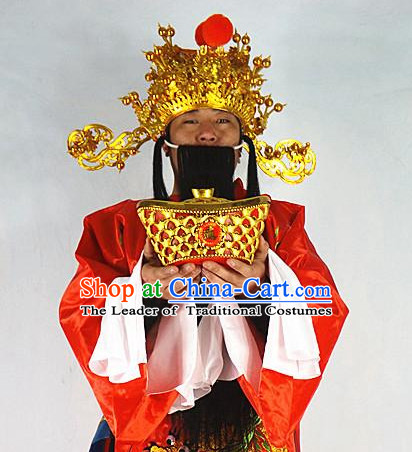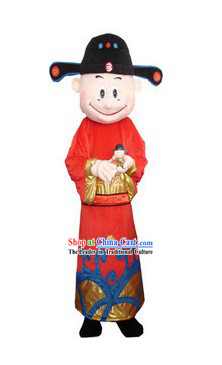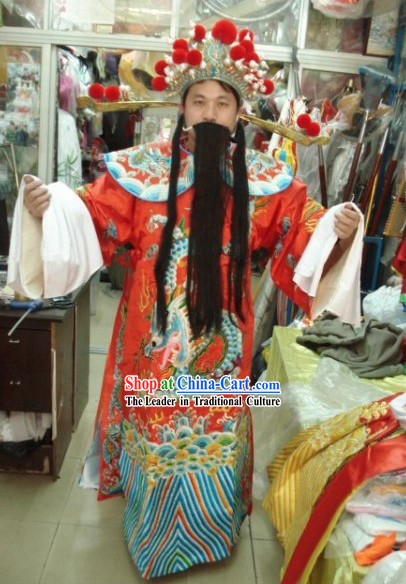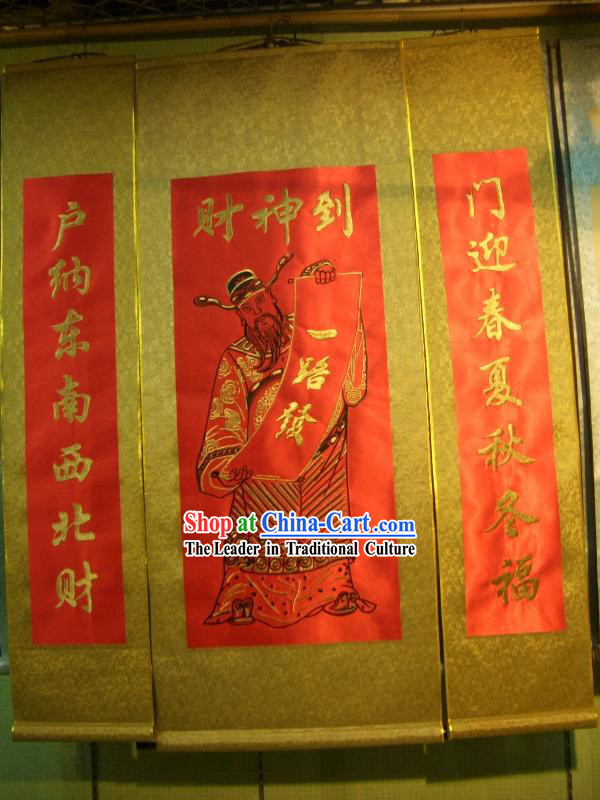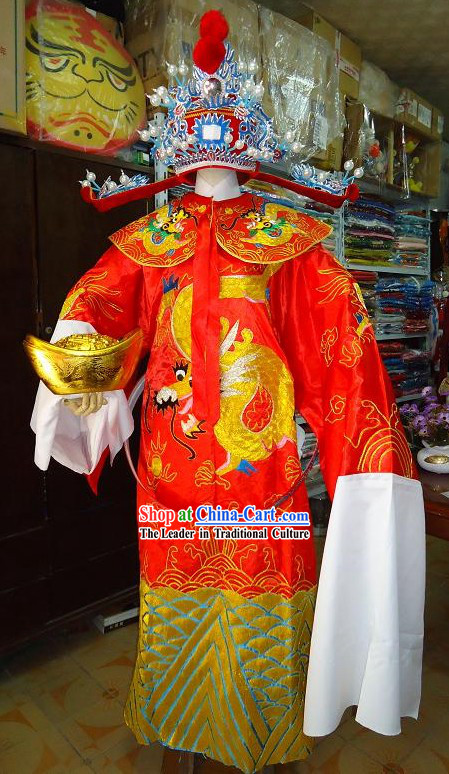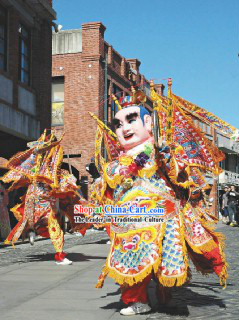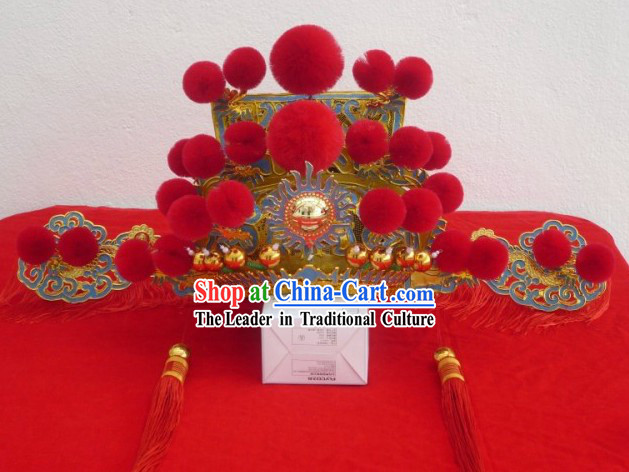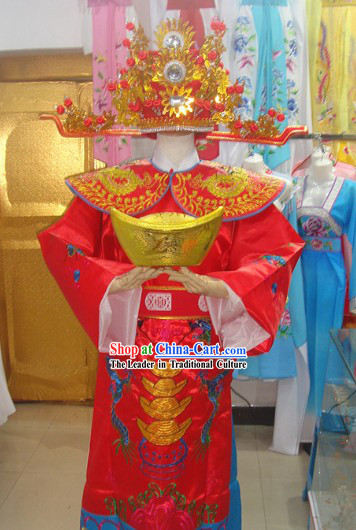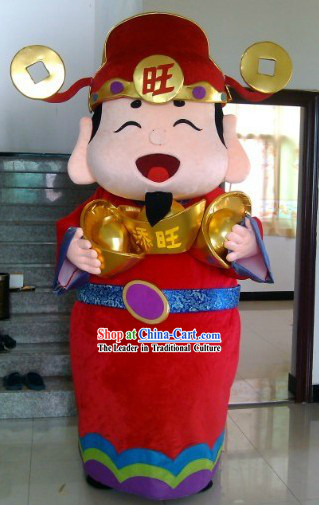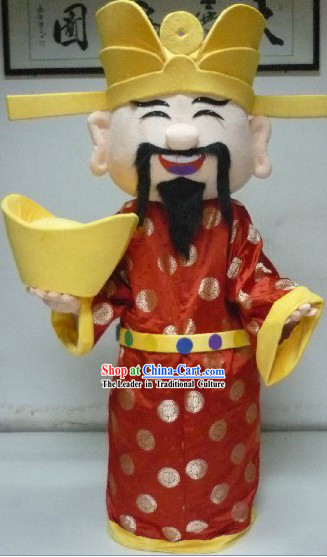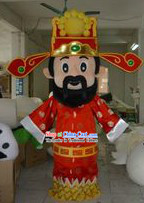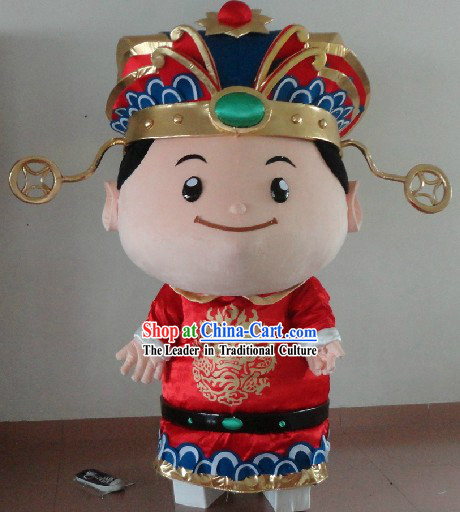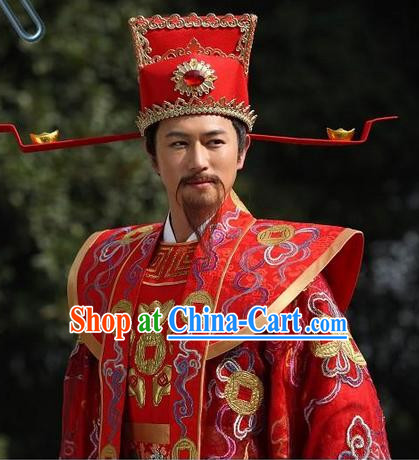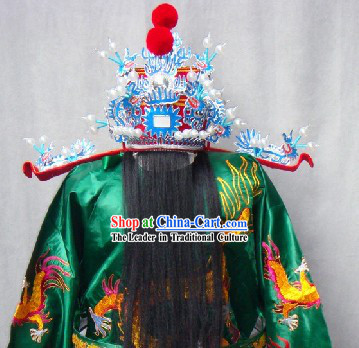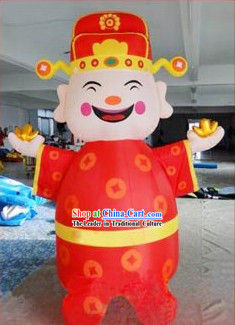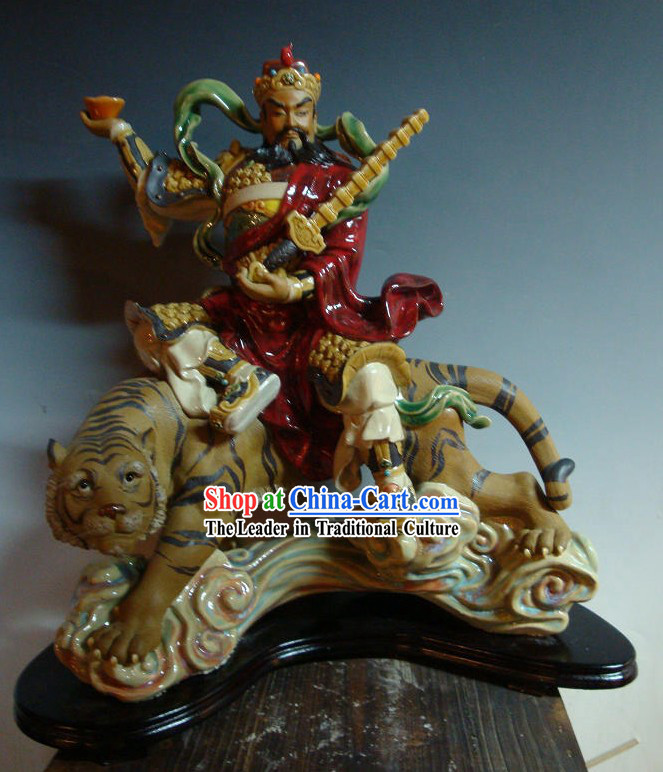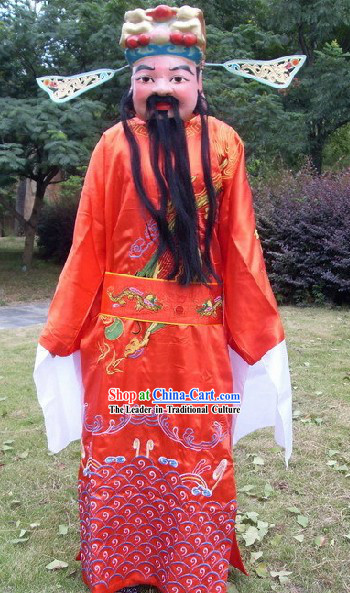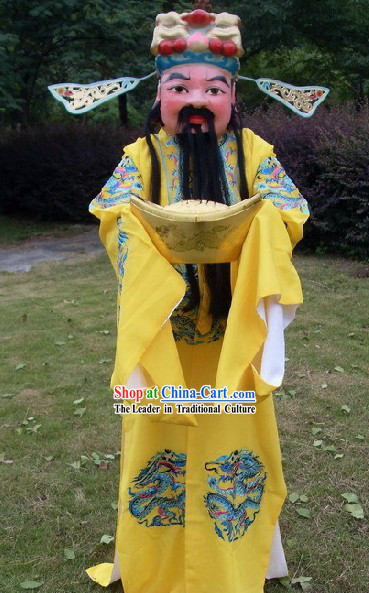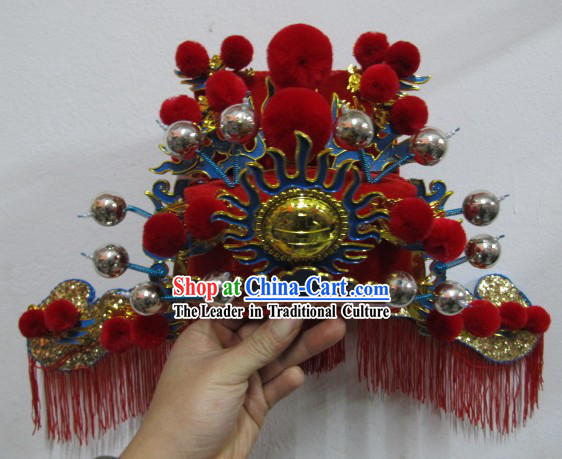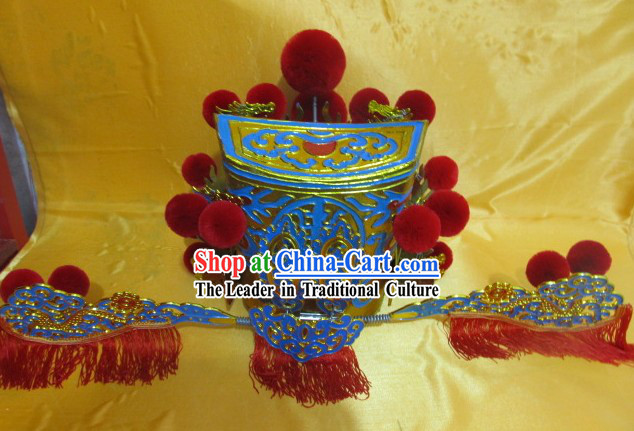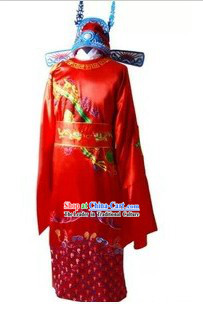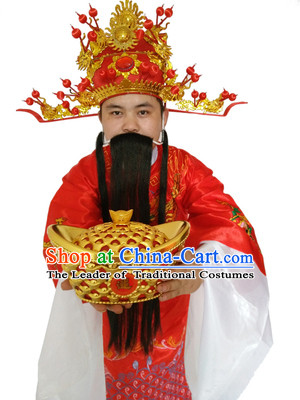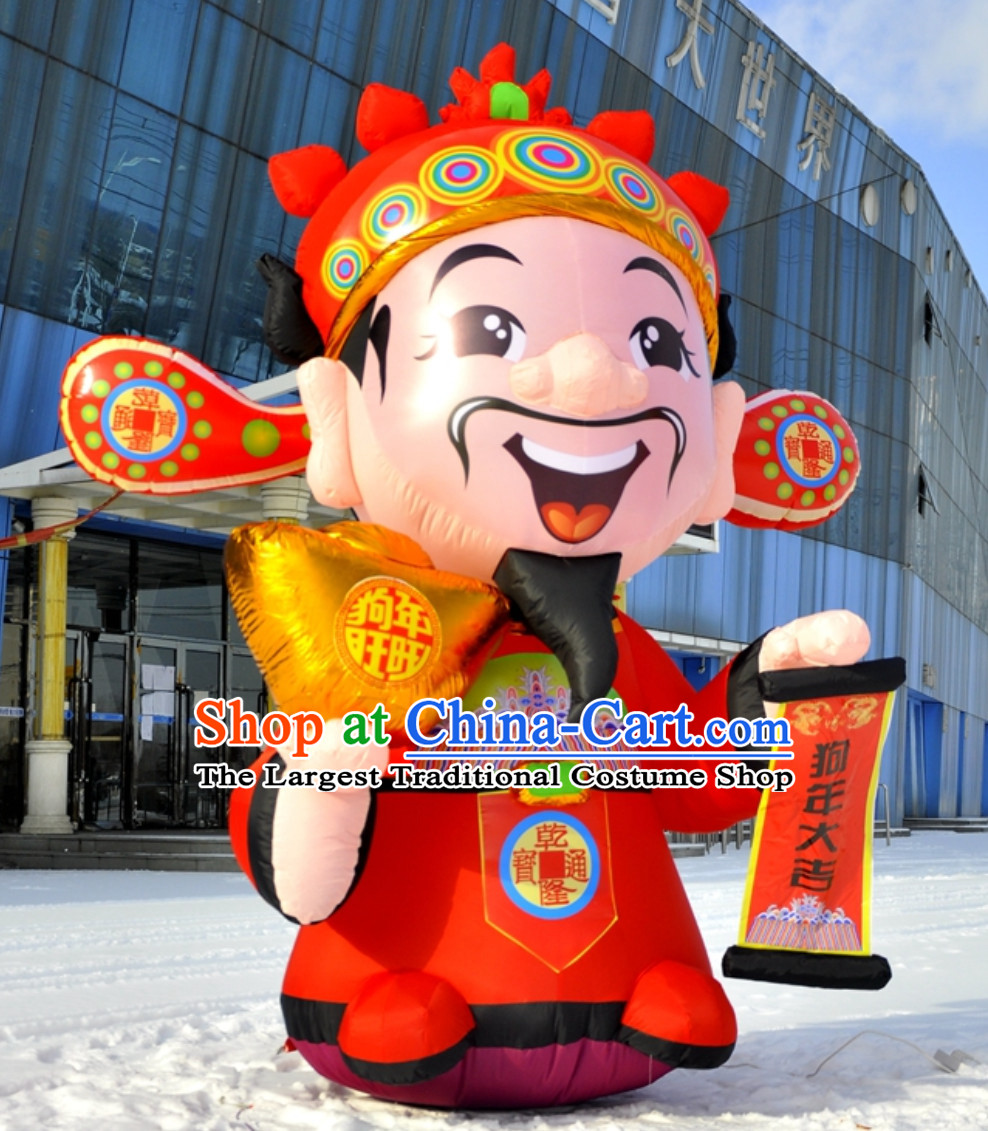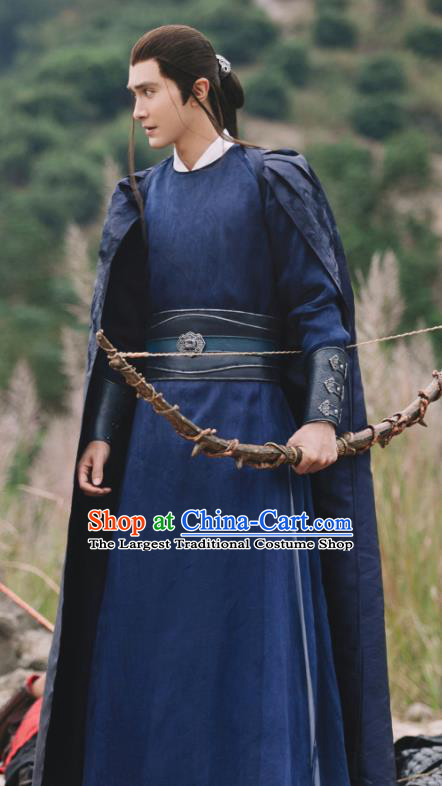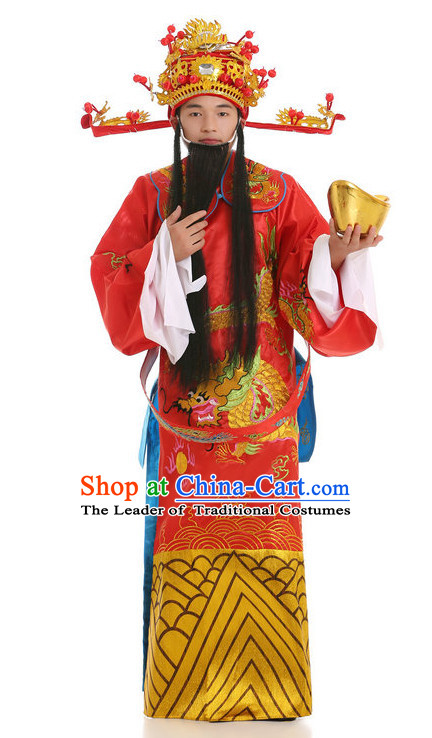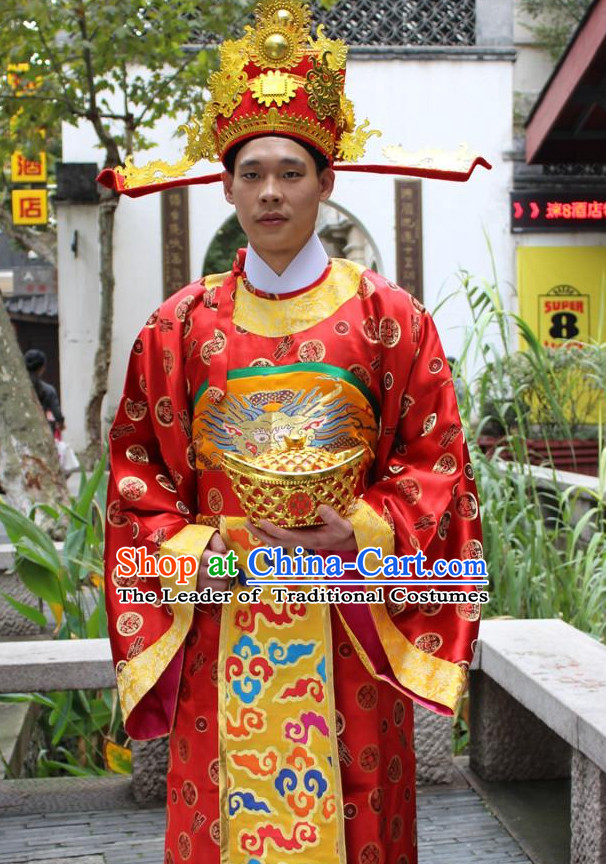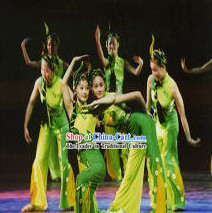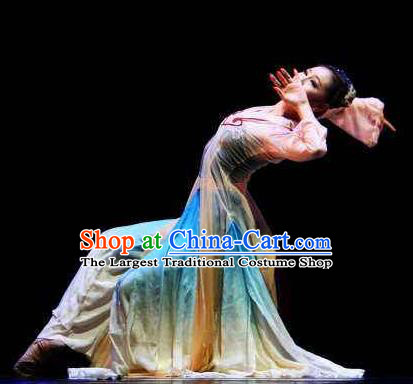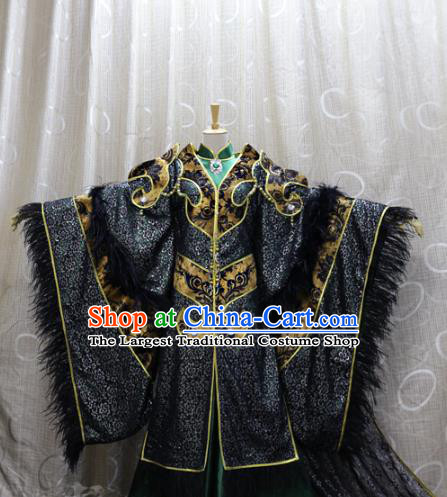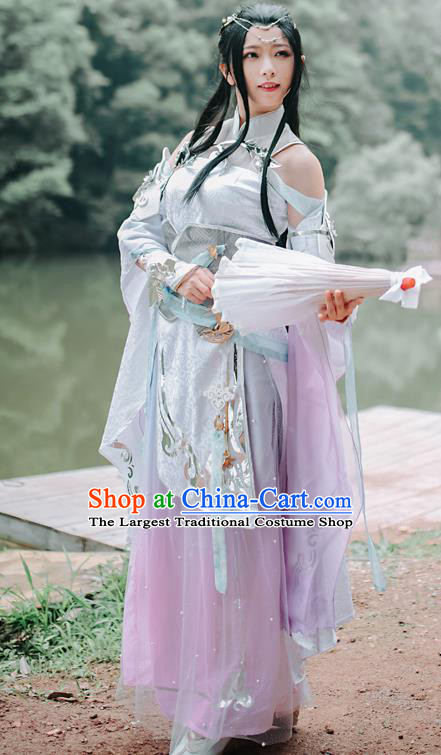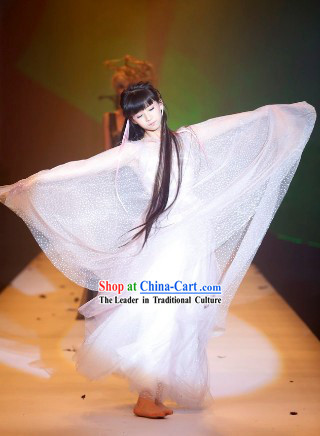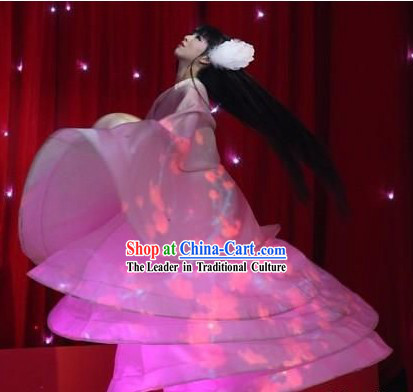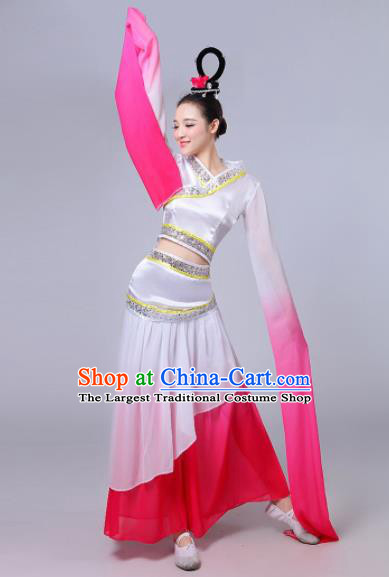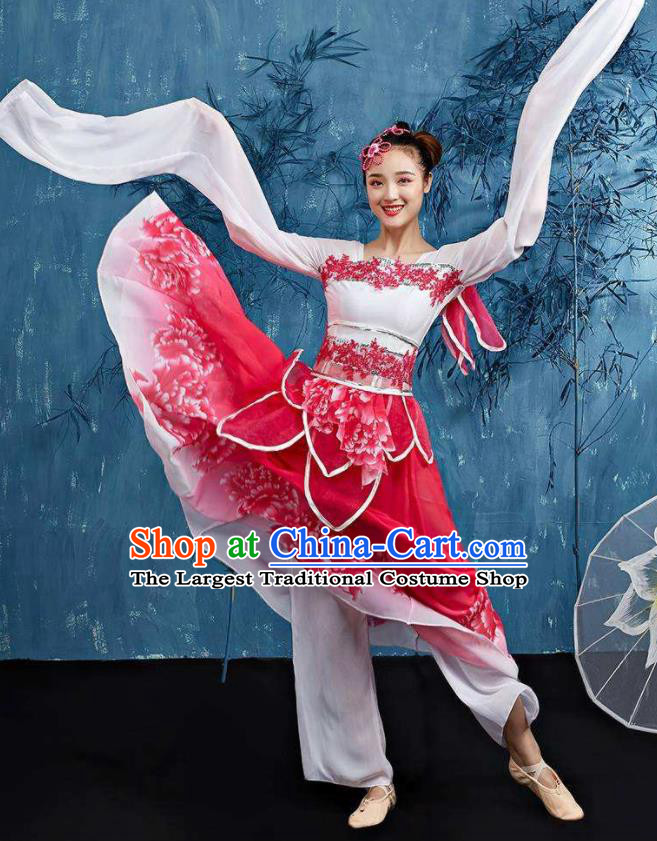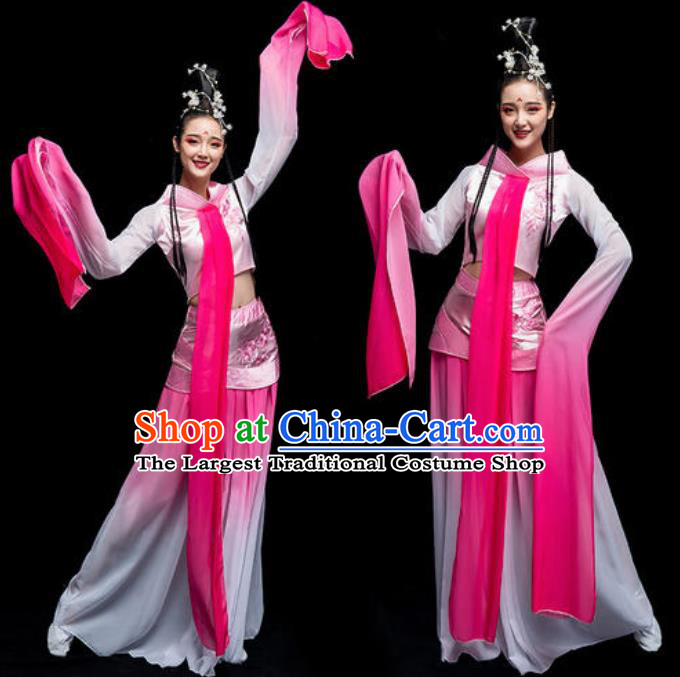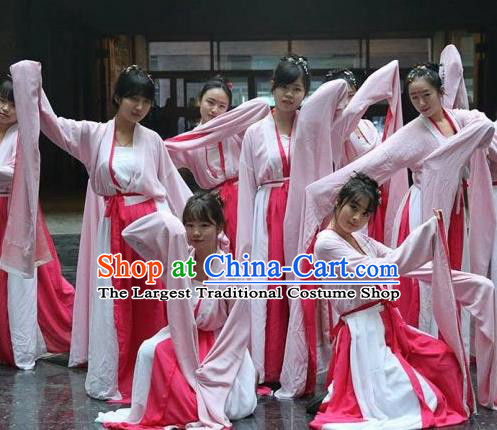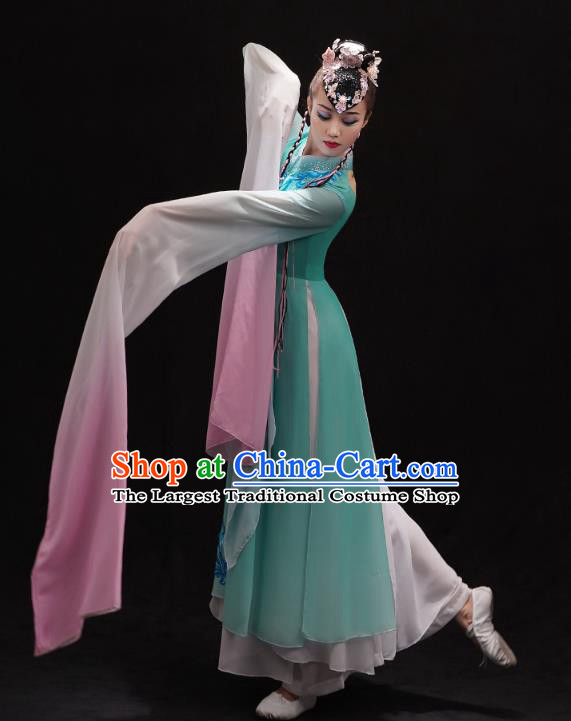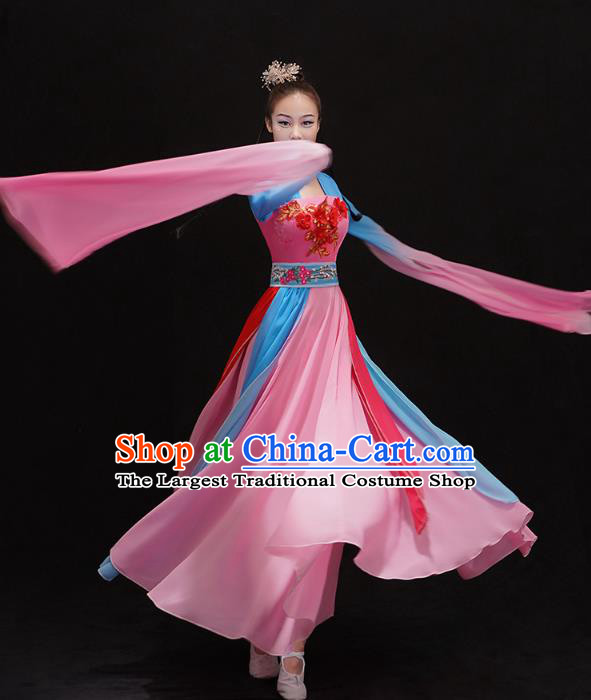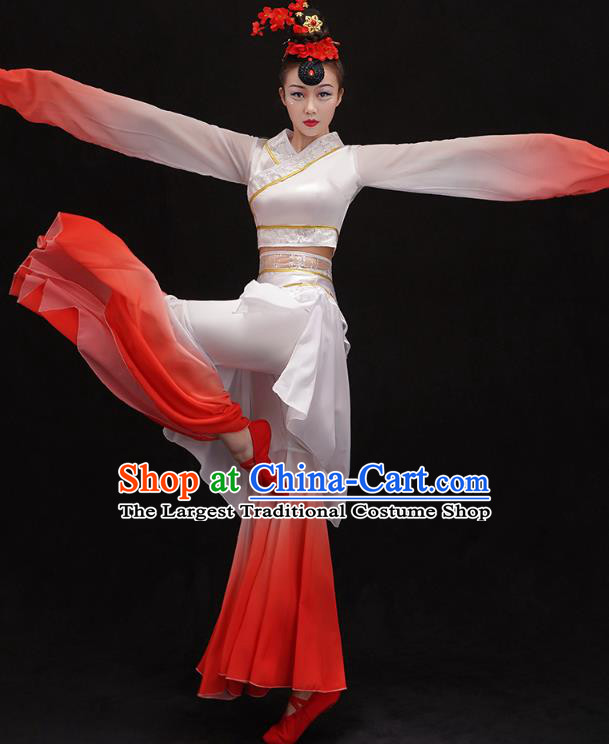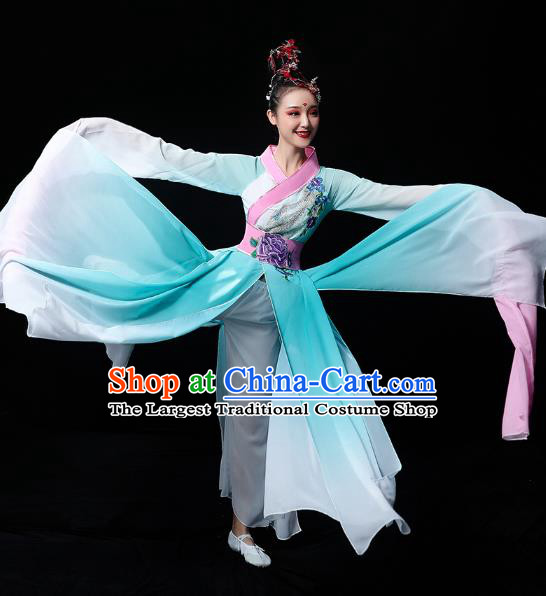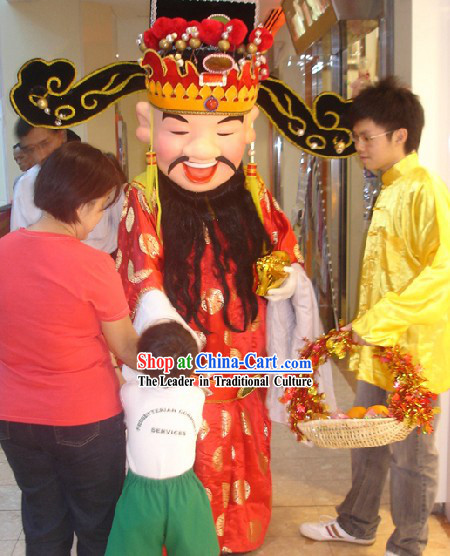
Click Related Pictures for More Audios:
The traditional Chinese puppet of Cai Shen Ye is an artwork with rich spiritual and cultural significance and historical importance.
It represents ancient Chinese religious beliefs and folklore, showcasing the unique charm of traditional Chinese culture.
Cai Shen Ye puppets are usually made of wood and feature exquisite carving techniques and unique shapes.
The head is often gold-colored, with black eyes and a red mouth.
These puppets are commonly used to perform various stories and myths, entertaining audiences while conveying specific moral or value messages.
Cai Shen Ye puppets hold an important place in Chinese culture.
They are considered sacred entities that can bless people with safety, health, and happiness.
During traditional festivals and celebrations, people make and display Cai Shen Ye puppets to pray for good luck and blessings.
Additionally, Cai Shen Ye puppets are also significant characters in traditional Chinese opera and dance, frequently appearing in various artistic performances to bring joy and emotion to the audience.
The history of Cai Shen Ye puppets dates back to ancient China.
According to historical records, Cai Shen Ye first appeared during the Tang Dynasty when he was believed to be a deity capable of warding off evil spirits and disasters.
Over time, Cai Shen Ye's image evolved and developed, becoming an integral part of traditional Chinese culture.
In conclusion, the traditional Chinese puppet of Cai Shen Ye is an artwork with rich spiritual and cultural significance and historical importance.
It represents ancient Chinese religious beliefs and folklore, showcasing the unique charm of traditional Chinese culture.
Whether as a form of entertainment or a religious ritual, Cai Shen Ye puppets carry people's yearning for a better life and their pursuit of happiness.
